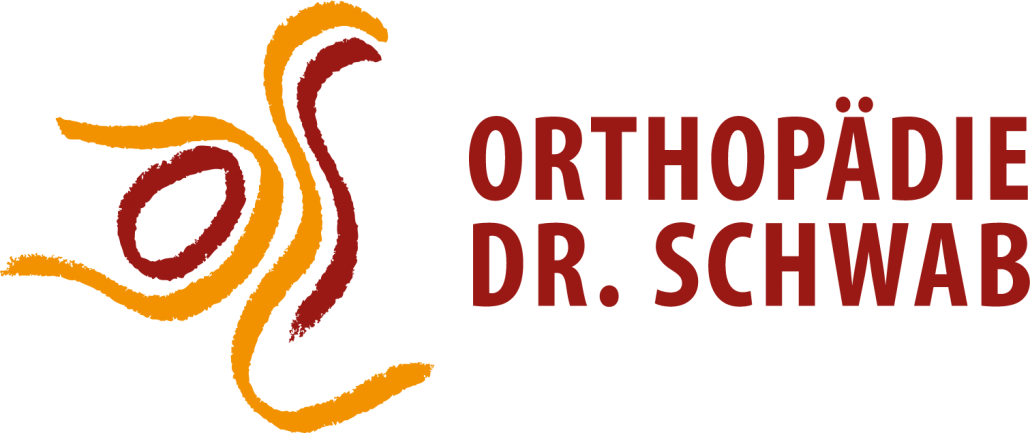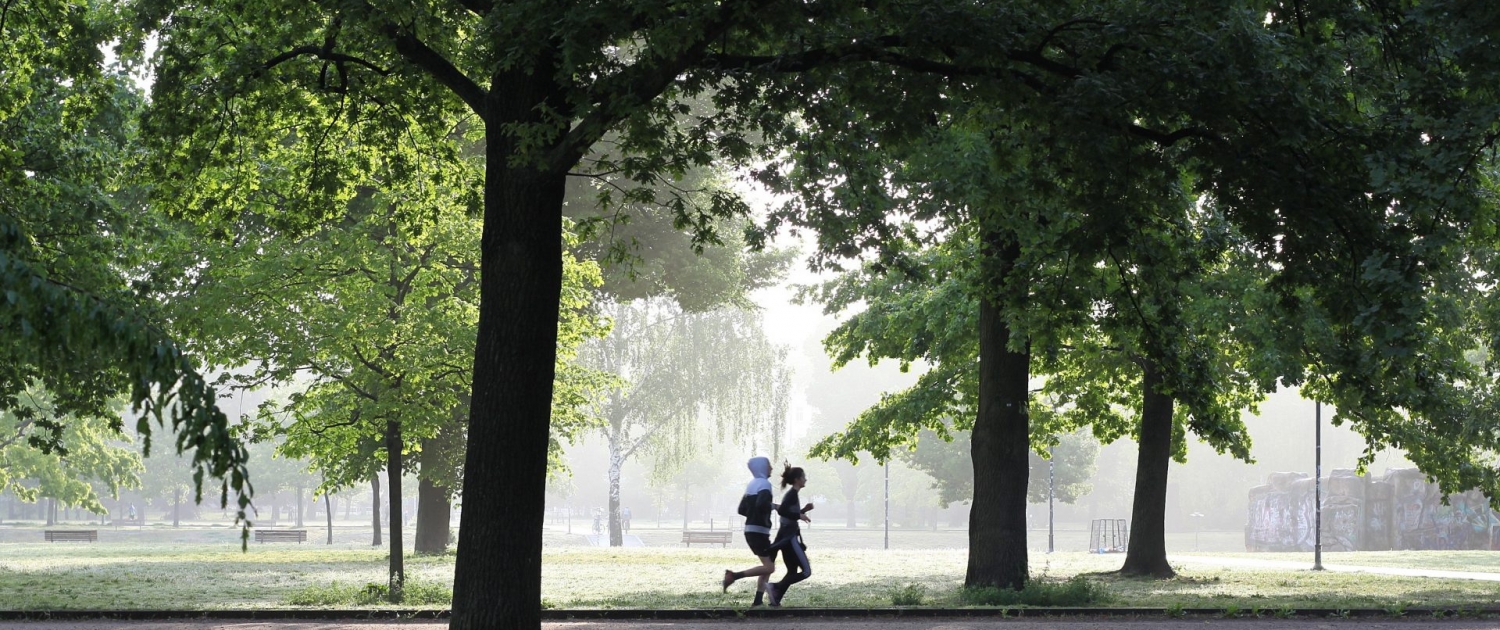The Knee
Structure of the joint – in simple terms: The knee joint is composed of the vat-like end of the femur, the plateau-shaped upper end of the tibia, the kneecap, the cruciate ligaments, the 2 meniscuses (cartilaginous washer-like wedges between the femur and the tibia), a surrounding joint capsule, lateral ligaments and muscle tendons. Thus, its structure is much more complex than that of a simple hinged joint and permits much more complex movement patterns.
Causes of injury:
Due to its design, mobility, and the forces acting on this joint, it is frequently affected by falls and abrasion. It may be damaged by an accident or due to inappropriate or excessive loading over a long period of time.
Treatment of the knee:
The goal is to achieve a painless and mobile joint with stable ligaments. The joint should be able to transfer forces easily and withstand loads. This is aided by exercises to strengthen muscles, coordination exercises, physical therapy, physiotherapy, cartilage build-up, medical aids such as knee-length stockings or splinting the joint, injections or surgery to achieve pain relief.
Surgery should be performed when all conservative options have been exhausted or are deemed ineffective. Surgical options may be divided into joint-preserving and joint substitution (artificial joint) operations.
Depending on the type and size of the defect/damage/injury, the appropriate treatment/surgery should be used.
The following table provides a short summary of frequent diseases of the knee joint and their treatment options. The second table is practically a mirror image of the first one and describes, in its first column, the operations. The corresponding diseases or conditions are mentioned in the second column. I hope this will make it easier to find the desired term.
Diseases:
|
Tear of the meniscus |
Arthroscopy: Depending on the location and type of tear, a meniscus suture or smoothing can be performed |
|
Minor damage to cartilage (due to abrasion, injury or poor circulation (osteochondritis dissecans) |
Arthroscopy: Microfracturing/ drilling: bone marrow-stimulating surgery in order to stimulate the growth of cartilage (when the defect is not more than 3cm2 in size) |
|
Arthroscopy: Refixation of squamous cartilage or bone when it has become detached due to injury. | |
|
Mosaicplasty: Removal and implantation of cartilage-bone cylinders (surgery) | |
|
More extensive damage to cartilage |
Autologous chondrocyte transplantation (MACT), when the surrounding cartilage is healthy and intact. Age limit about 50 years (2 operations are needed). |
|
Correction of the axis in case of “O” or “X” malformation of the knee. These operations are performed outside the joint, at the femur or the tibia. | |
|
Slide prosthesis when there is extensive abrasion only in the inner/medial portion of the joint varus osteoarthritis of the knee. | |
|
Total knee replacement in case of extensive damage to cartilage in the whole knee |
Knee surgery:
joint preserving operations:
|
1. Arthroscopy: |
Smoothing or suturing of meniscal tears Joint toilet Smoothing of cartilage Microfracturing in case of minor damage to cartilage (stimulation of cartilage growth) Removal of cartilage tissue for culturing cartilage for the purpose of cartilage transplantation |
|
2. Transplantation of cartilage cylinders |
Suitable for defects measuring up to approximately 3cm2. Cartilage cylinders are taken from an unloaded part of the knee and inserted into the defect |
|
3. Autologous chondrocyte transplantation |
Two operations: Removal of a small quantity of cartilage → culturing → implantation of the patient’s own cultured cartilage |
|
4. Surgery for correction of the axis / Displacement osteotom |
In case of “O” or “X” deformities of the knee with abrasion of the inner or outer portion of the joint (compartment). Aim: Shifting the loading zone in the knee |
Joint replacement surgery:
|
1. Slide prosthesis |
In case of extensive abrasion in the inner part of the joint (medial compartment) – when these are too large for smoothing, microfracturing or transplantation. Minimally invasive surgery or the standard surgical procedure |
|
2. Complete artificial joint / Total knee replacement |
In case of extensive abrasion in the entire knee. Minimally invasive or standard surgical procedure |
Duration of the in-hospital stay after surgery:
Arthroscopy: Usually only 1 day. The patient may be discharged the day after surgery.
Cartilage transplantation: approximately 1 week
Correction of the axis: approximately 1 week
Slide prosthesis: about 7 to 11 days
Complete joint replacement: about 8 to 11 days
Suture removal: is always performed 10 to 12 days after surgery (either during the in-hospital stay or at the outpatient department, at the office of the general physician or the specialist).
Follow-up treatment:
Arthroscopy: Smoothing the meniscus: Protecting the operated leg for 2 weeks, then muscle build-up
Meniscus suture: Crutches and de-loading or partial loading of the operated leg for a few weeks, depending on the size and location of the tear. Thereafter strength and coordination exercises.
Cartilage transplantation: Crutches and de-loading, partial loading and special knee splint for 6 to 12 weeks. Thereafter strength and coordination exercises.
Correction of the axis: Crutches and partial loading of the operated leg usually for 6 weeks, knee splint if necessary, then strength and coordination exercises.
Slide prosthesis and complete knee replacement: Basically full loading can be started immediately after surgery. During the in-hospital stay the patient is treated with a motor splint in order to improve the mobility of the joint. Walking and climbing stairs is also practiced. Thereafter, crutches should be used for several weeks until the patient feels confident about walking. Sometimes it is advisable to continue the treatment with a motor splint even after the patient has been discharged from the hospital, in order to improve the mobility of the joint. The 3-week rehabilitation stay should start about 6 to 8 weeks after discharge from the hospital in order to optimise the outcome of surgery.
This page is also available in: Deutsch



